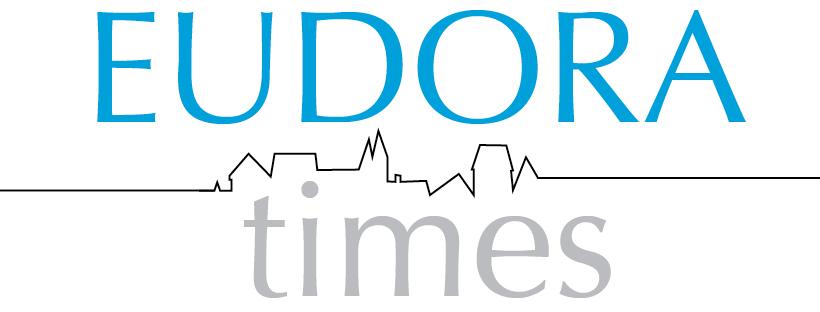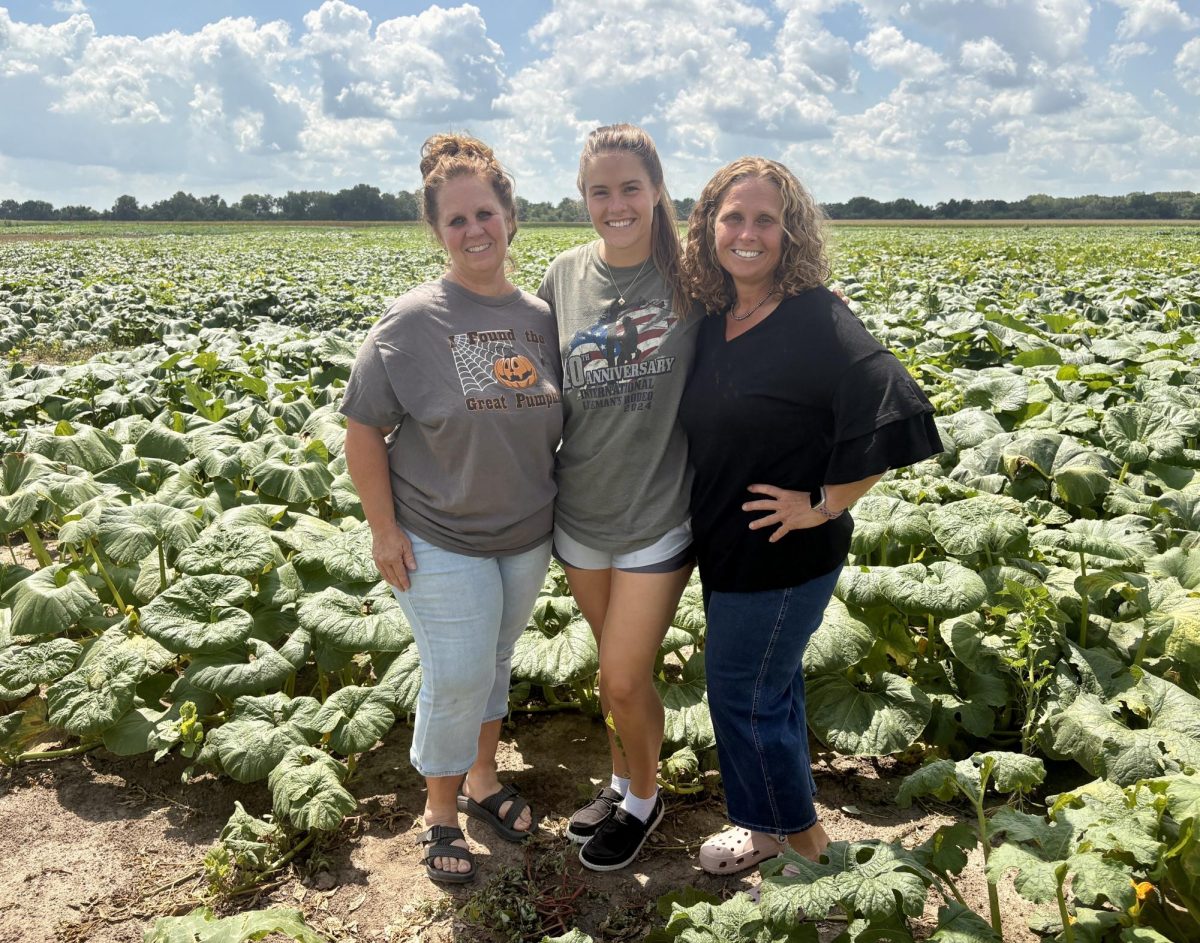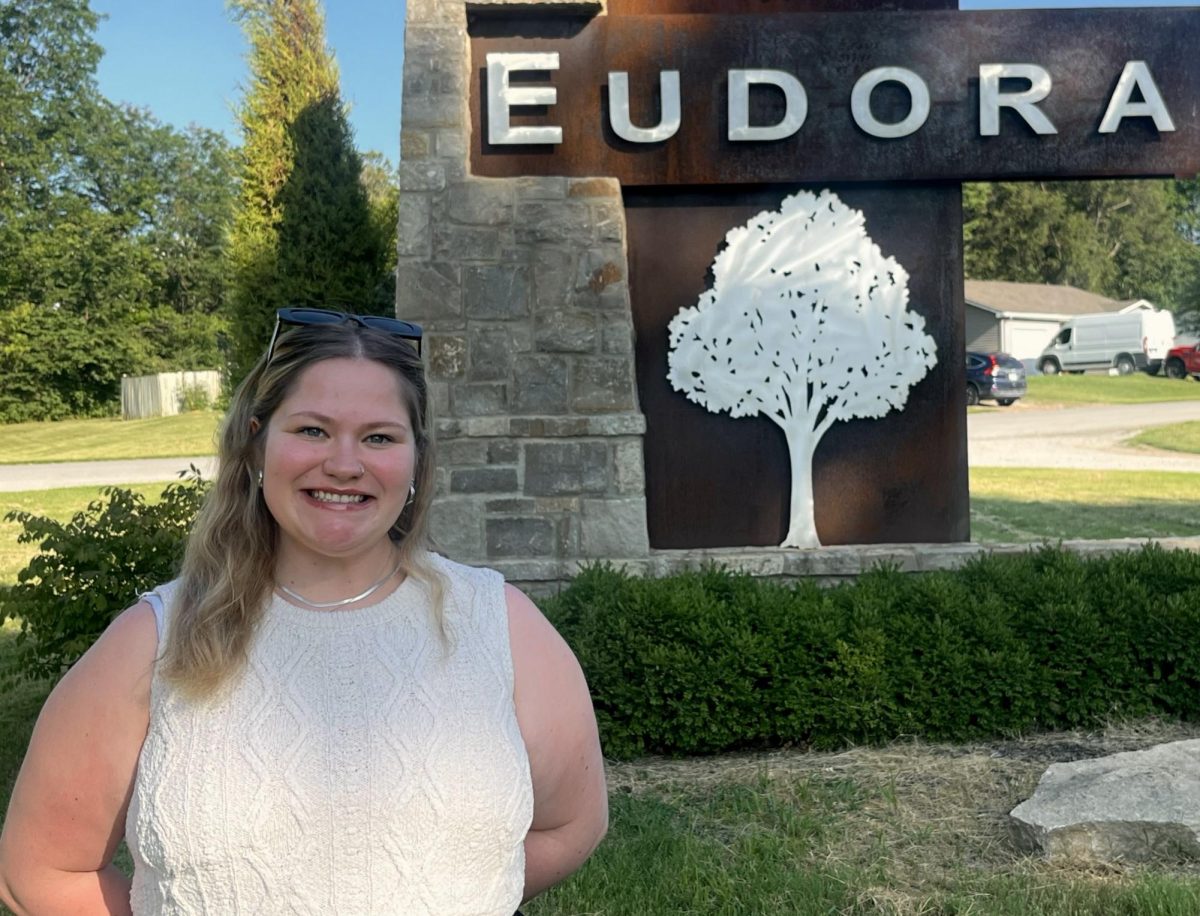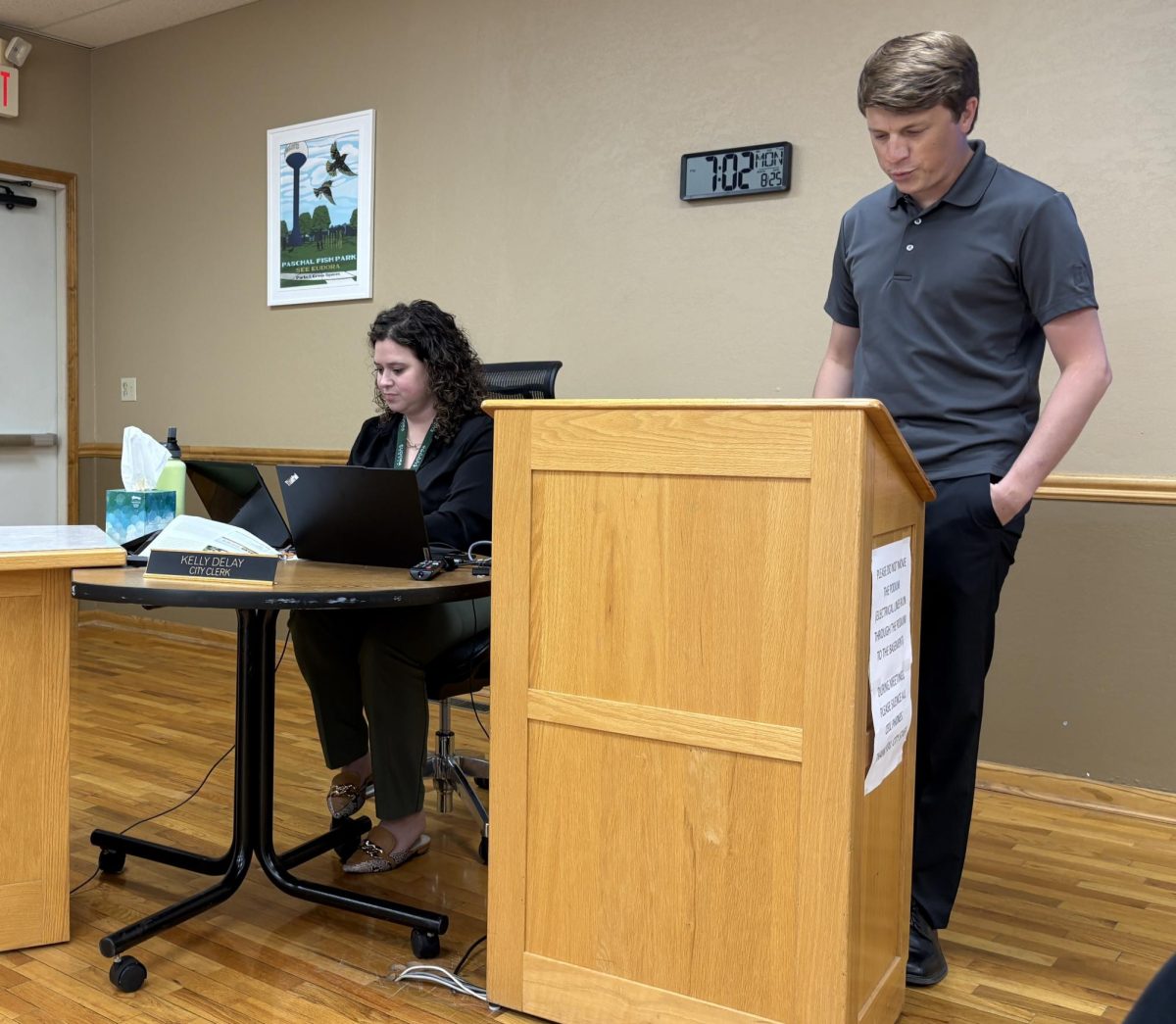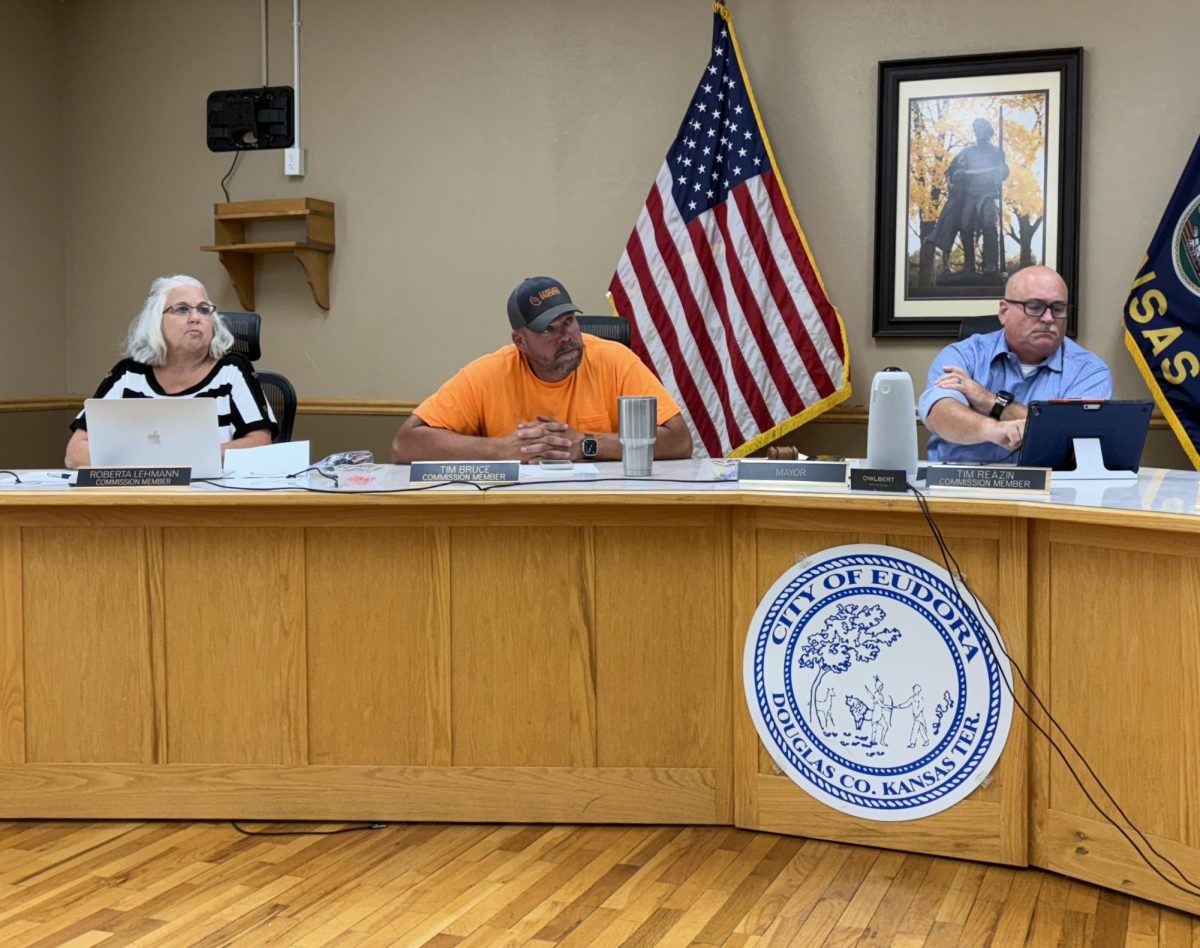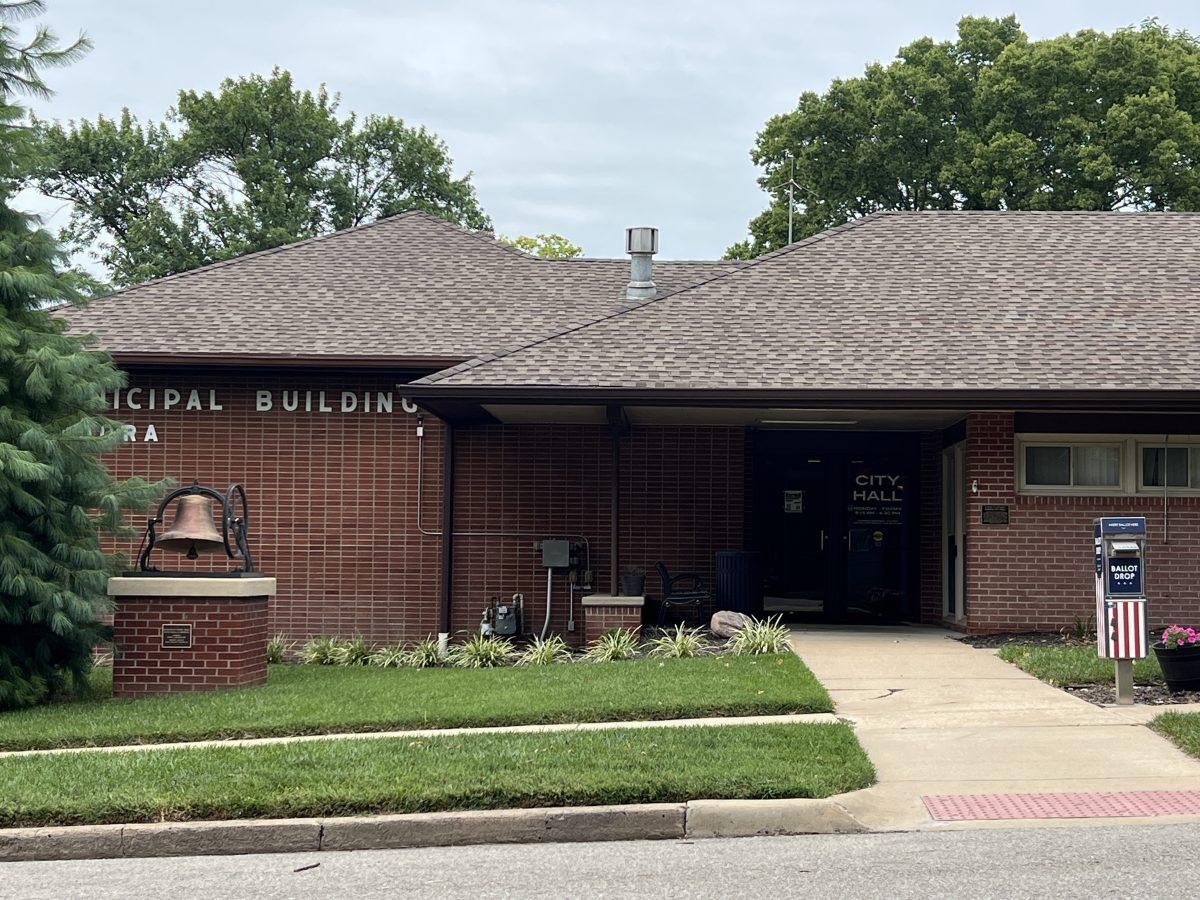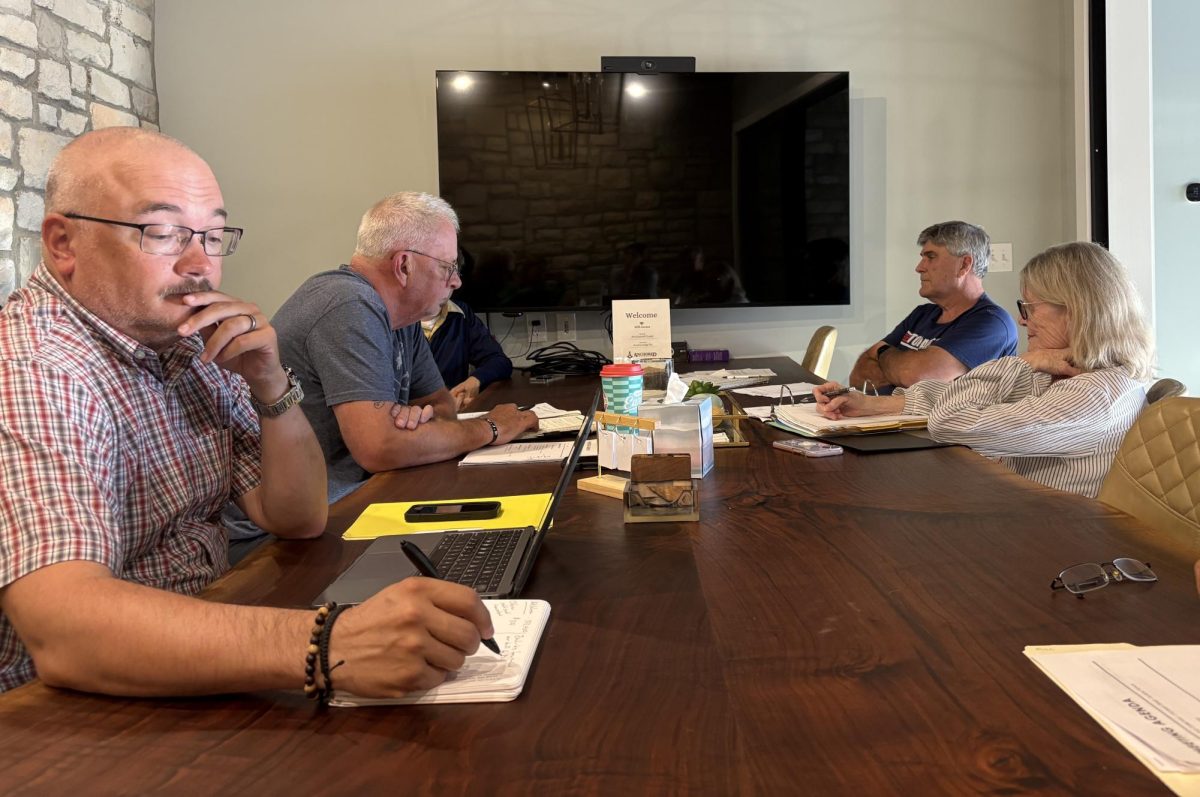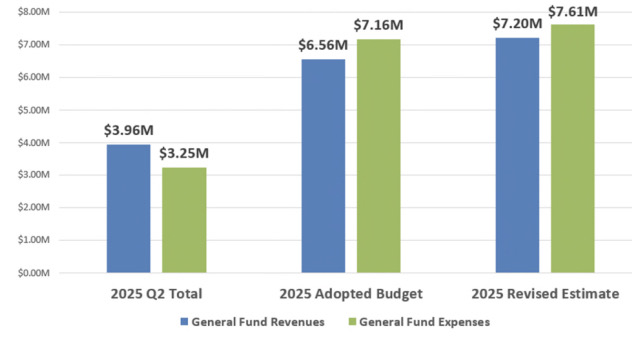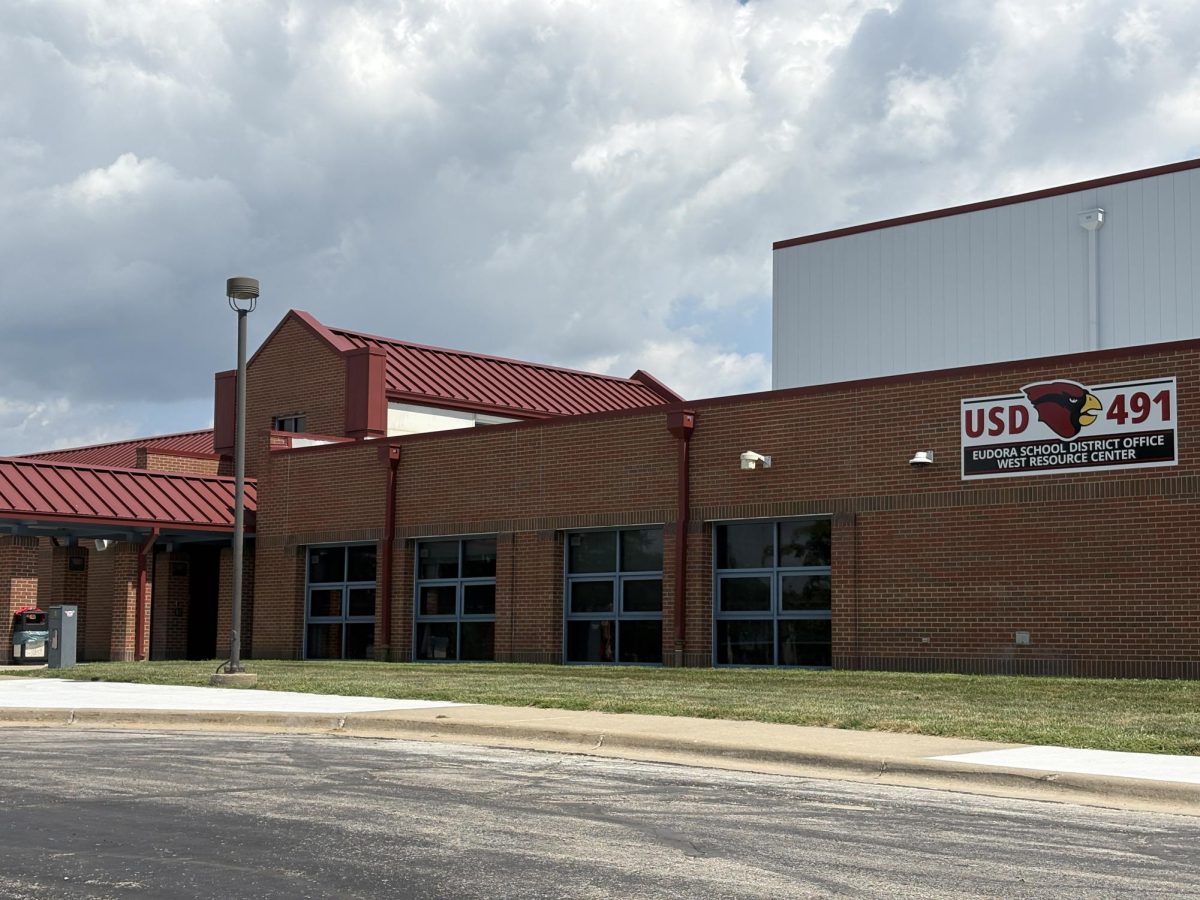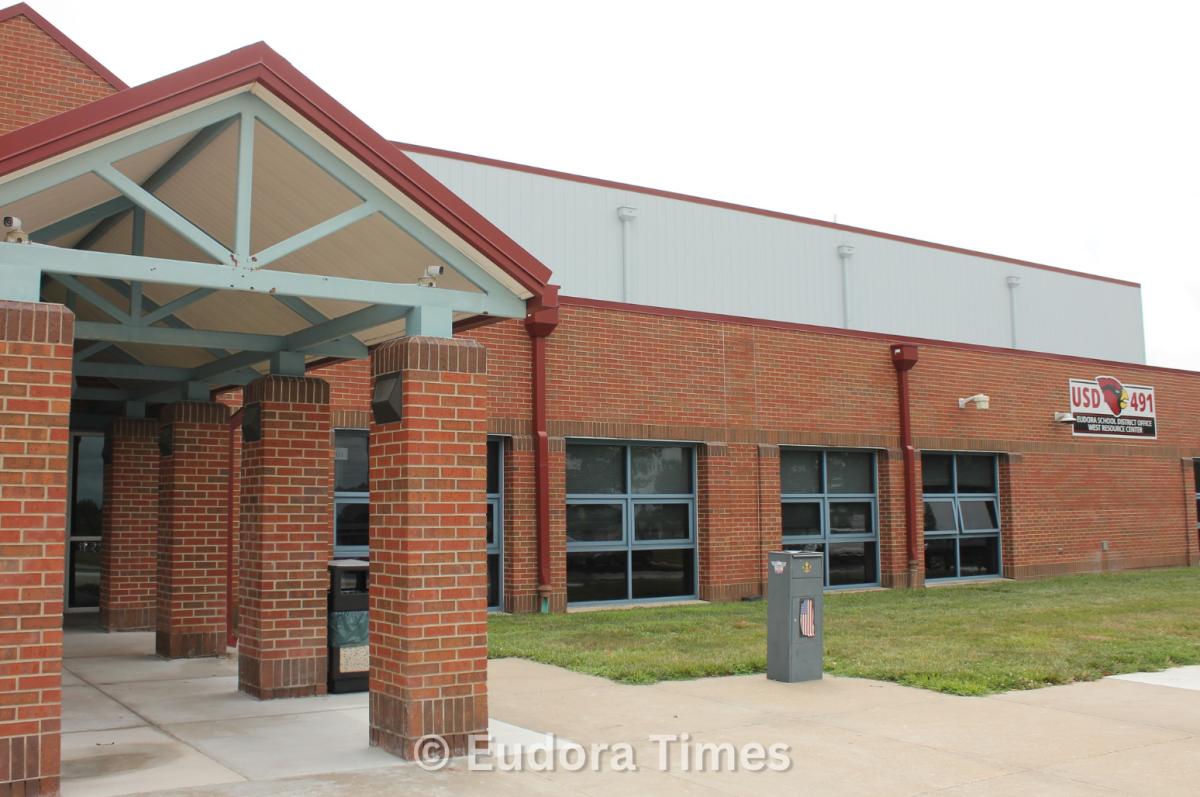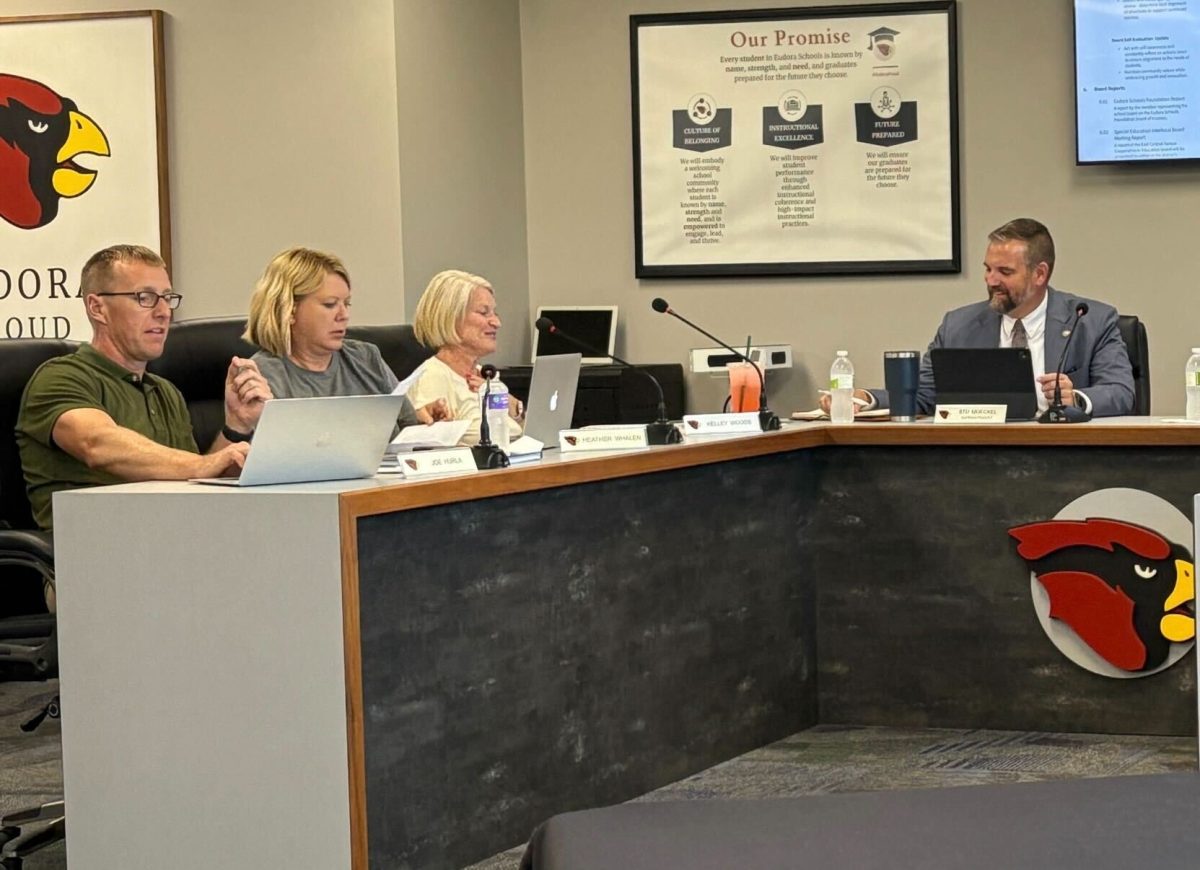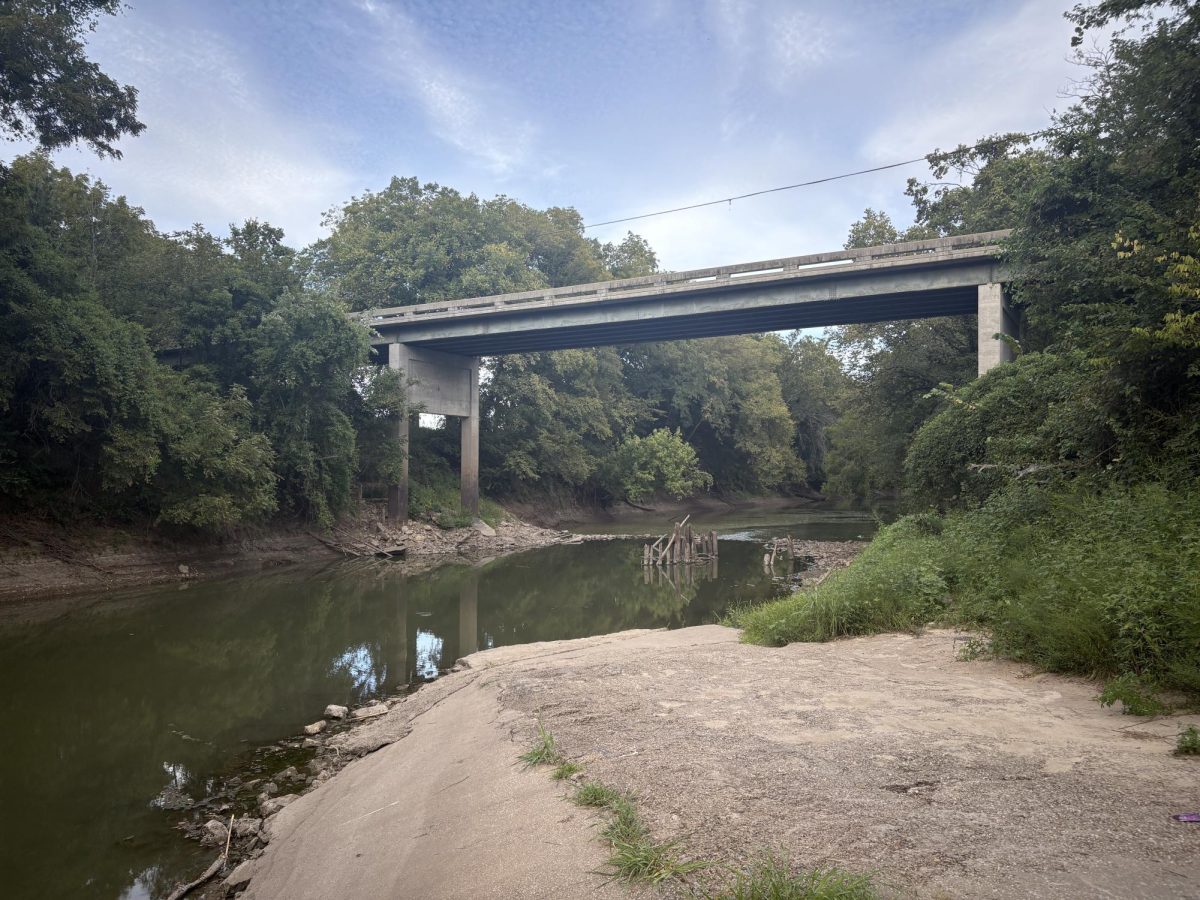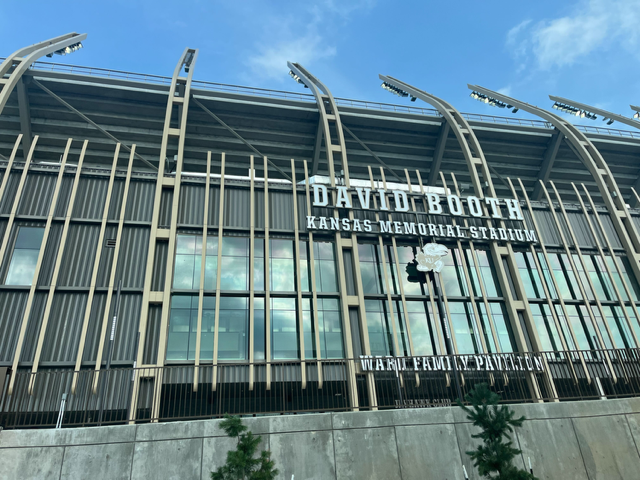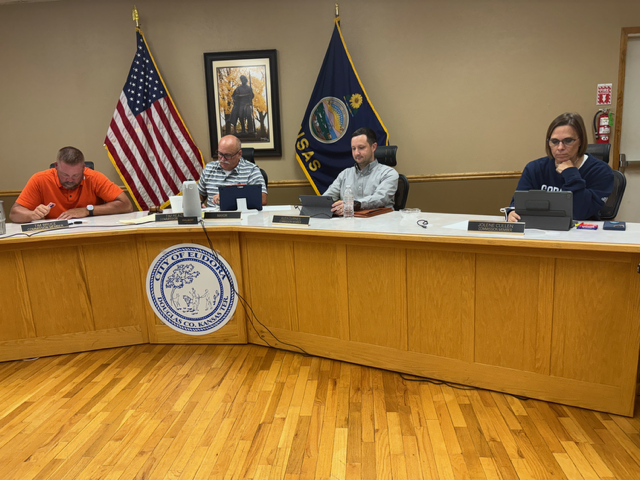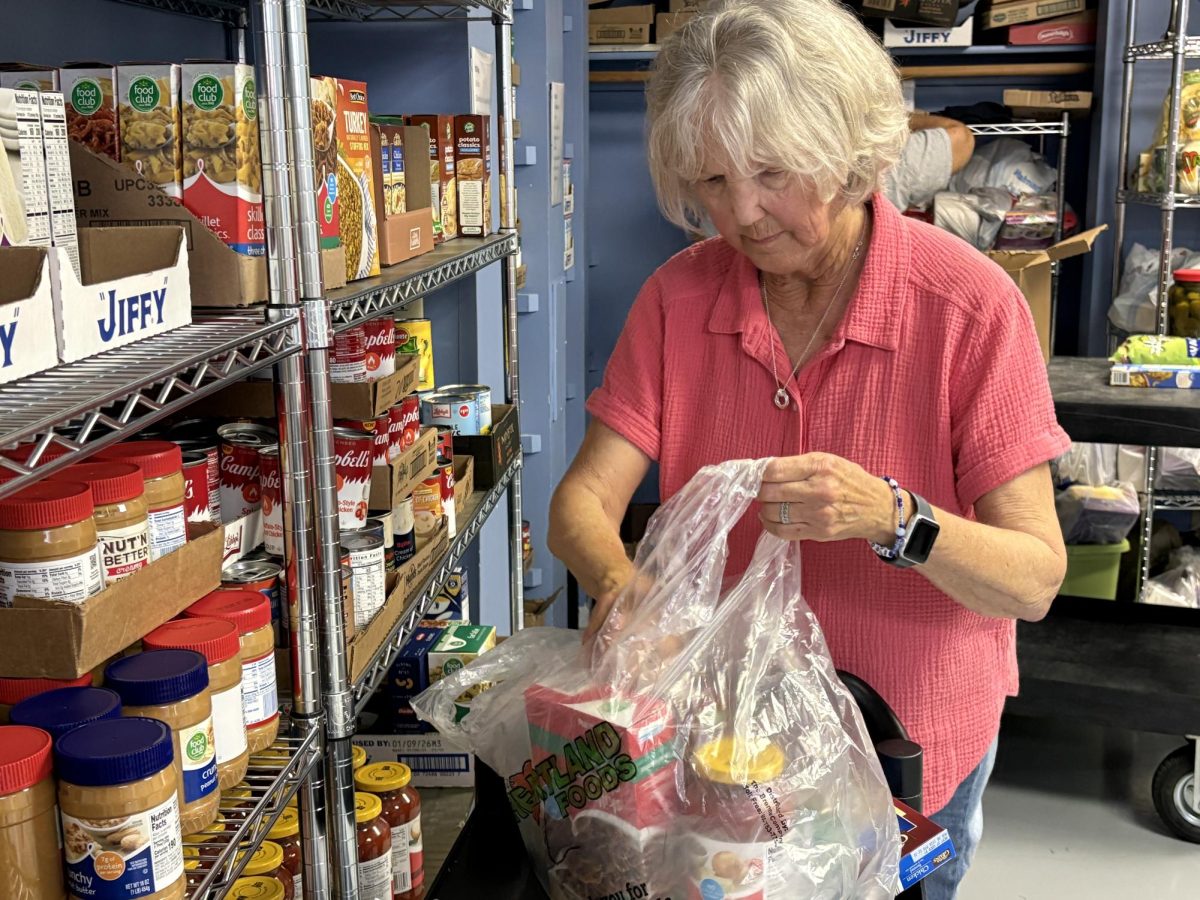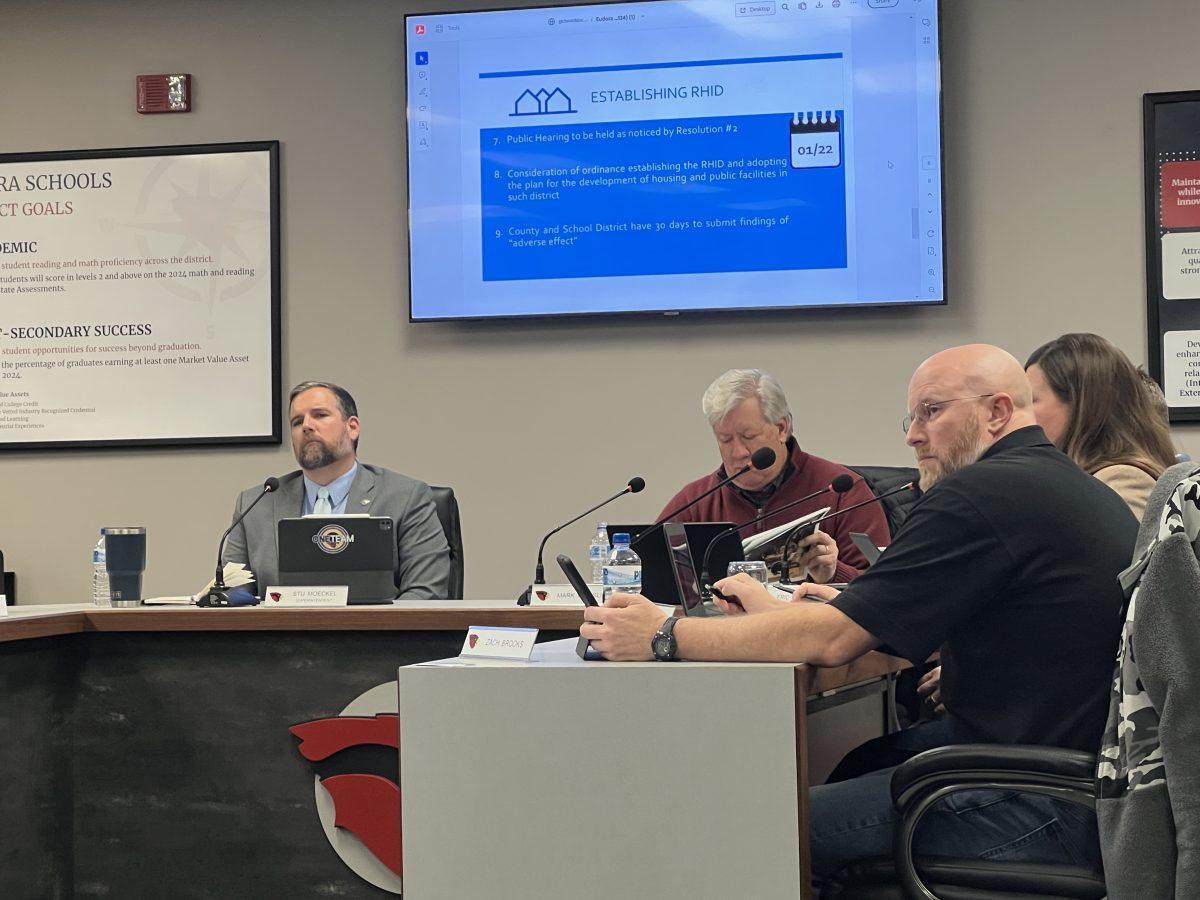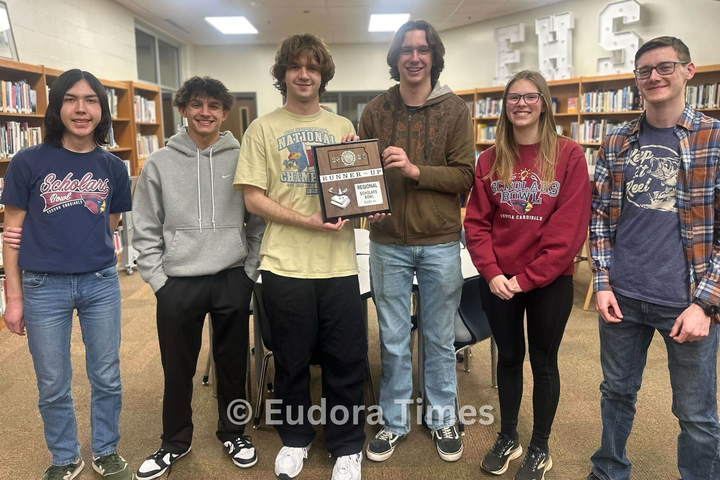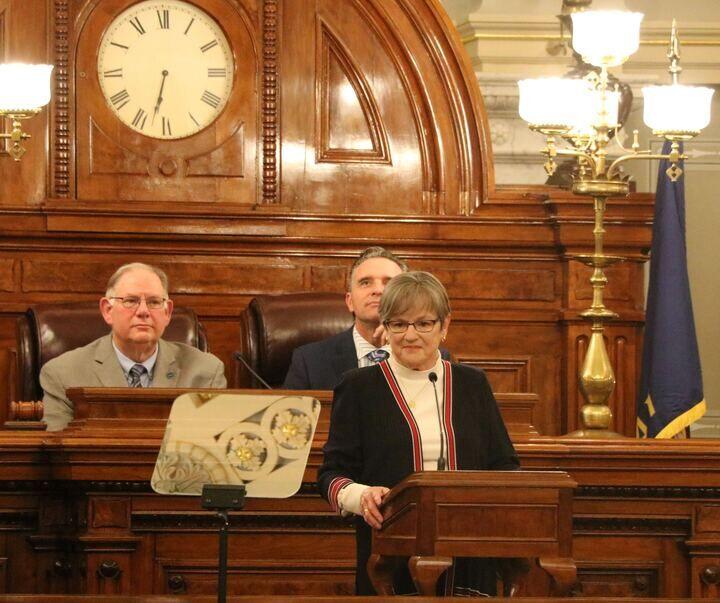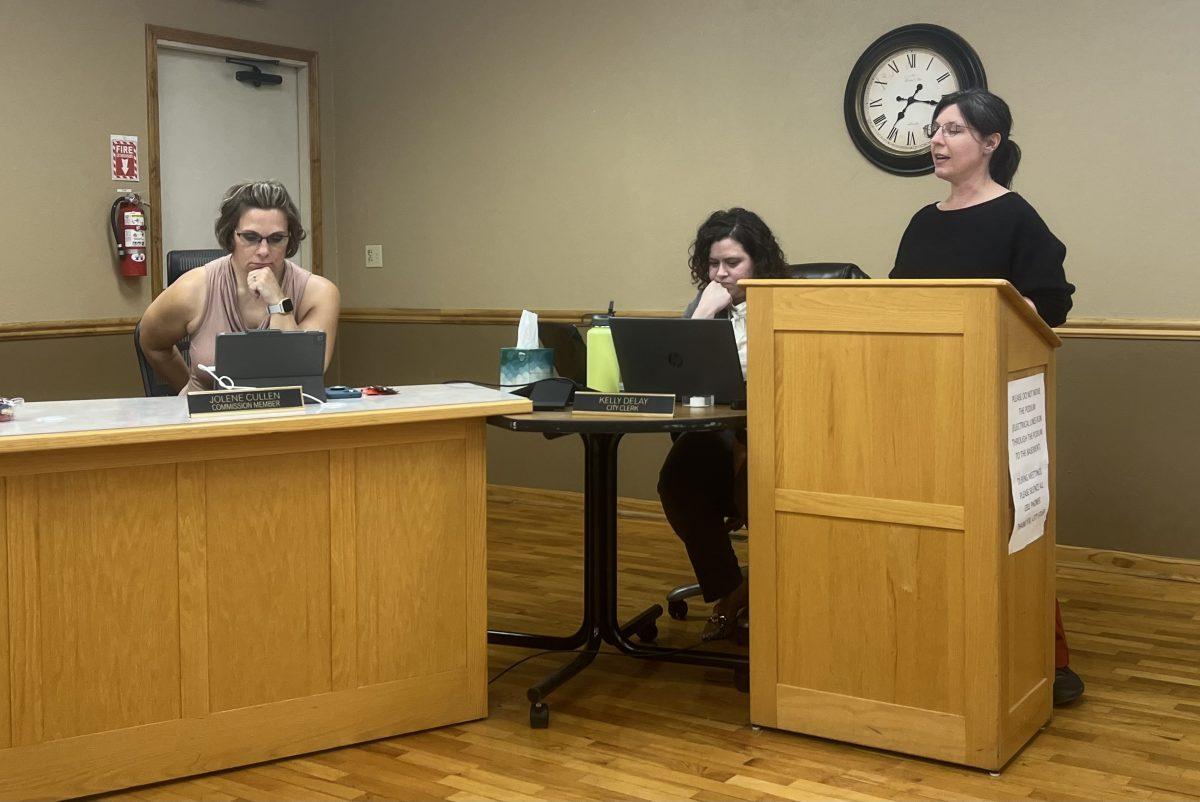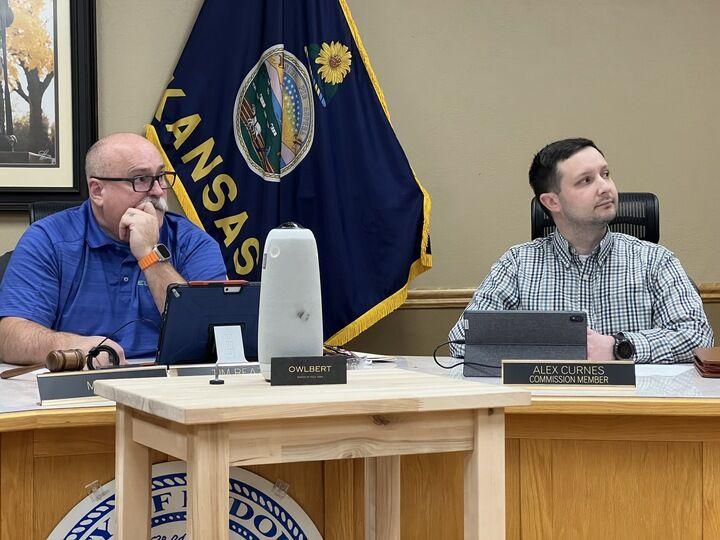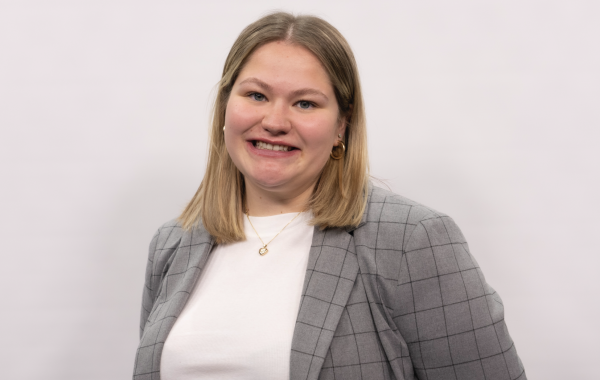The school board discussed the pros and cons of the city’s possible implementation of a reinvestment housing incentive district at Thursday’s board meeting.
Assistant City Manager Zack Daniel provided an update on the project and said the goal is to encourage growth in rural parts of the state. Tonganoxie, Dodge City and Edwardsville have used this method.
The district would capture a percentage of the incremental property tax increases in a newly developed area for a period of 25 years. The funds can be used for site preparation, utility provision, street lighting, sidewalks, etc.
The city is working to establish this district where the new 118 home development will be in Shadow Ridge North.
Since the school district is one of the other taxing entities, Daniel presented school officials with the information and invited them to participate in the city’s Jan. 22 public hearing.
At the public hearing, commissioners will see more financial studies on the project, as well as a potential development agreement.
Back in November, the city heard back from the secretary of commerce and was given the green light to move forward with next steps after they submitted a housing needs analysis showing Eudora had a shortage.
Board member Joe Hurla had questions about what would happen if the district didn’t end up happening and what that would mean for the future of the project.
Daniel said it would be up to the developers to decide if they move forward without the establishment of the district.
Superintendent Stu Moeckel also said he invited the developers to attend the board’s February meeting so they can explain their “why” to the board.
Hurla said this district could bring in substantial growth much quicker than the city has seen in recent years.
“I guess my concern is the economic impact of, you know, while us getting, say, 50 to 100 new students as a result of that property is advantageous economically, we also have to have facilities and other accommodations for those students,” Hurla said.
Foregoing tax revenue from these projects for decades could be an issue, he said.
Daniel said the housing needs analysis shows that the city’s organic growth has flatlined over the last couple of years and has not matched the pace of other areas.
Board member Eric Votaw said he wasn’t sure if the district incentives would be needed to bring growth to the area since he expects the demand to be quite high as conditions have changed in and around Eudora.
Votaw noted that setting this precedent could mean developers don’t want to build in Eudora without a similar incentive.
“I’m not an expert, so I can’t say for sure, it just doesn’t quite feel like it’s 100% necessary,” he said.
Daniel said that if other developments did want to use the mechanism, they would also have to go through the same process and be approved by the City Commission.
Additional funding due to more students would be helpful, but those homeowners would not help relieve the tax burden on everyone, Votaw said.
After their meeting in February, the board will still have time to submit a claim that the reinvestment housing incentive district will bring adverse effects.
In other business, Executive Director Daniel Wray gave an update on the state of the East Central Kansas Cooperative in Education. The interlocal supplies Eudora, Baldwin and Wellsville with paraprofessionals, special education teachers, social workers, occupational and physical therapists, behavior specialists and more.
It employs 128 paras, 56 special educations, six school psychologists and four social workers. Wray said this is the highest number of employed paraprofessionals since before the pandemic. Wray said he hopes the paraprofessional hiring crisis is mostly behind them.
Eudora has 290 students with disabilities, or 17.3%. The co-op serves 714 total students with disabilities or 18.5% of three member districts. Since 2012, the number of students in special education has increased by 19%.
Board member Claire Harding asked Wray what was contributing to this increase in students having special education needs.
Wray said more social and emotional disabilities are being identified due to more stressed out youth and adult populations. He also noted the interlocal’s increase has not been significant, though.
A state statute says the state is supposed to fund excess special education costs at 92%, but that requirement has not been met since 2009. It is at 67%, he said.
Wray will continue to meet with lawmakers to encourage them to support funding special education more.
Gov. Laura Kelly continues to advocate for returning to 92% and has a plan to do so, but in previous years she has not received it from lawmakers, he said.
Wray also said he will be retiring at the end of this year, but has loved his time at the interlocal.
“I’ve had the absolute pleasure of being the leader of this organization for the last eight years,” Wray said. “I got into special education 35 years ago because that’s what I wanted to do, and helping kids that had the most obstacles in their path to clear some of those out of the way. We still have obstacles for our kids, and they’re in the legislature.”
In other business, Gordon Kimble with HTK Architects and Joe Brown with Newkirk Novak Construction Partners delivered updates to the board as bids are coming in for major bond projects. Bids for precast concrete, earthwork and all the other projects will be due Jan. 25, for review by the board at a February meeting.
The design process is mostly complete with renderings only receiving slight tweaks if needed, Kimble said. Recent renderings presented to the board can be viewed in the December meeting story.
Construction is still planned to start over spring break, Brown said.
The plan is for the middle school’s new entrance, early childhood center and elementary playground to be complete by the beginning of next school year, Brown said. The high school projects may be the end of next school year, or the beginning of the 2025 school year, he said.
Heather Hundley, director of school improvement, updated the board on how the district is continuing to work towards its 2024 goals.
The district’s academic goal was to see 80% of students across the district score in levels 2 and above in the 2024 math and reading state assessment.
The district’s post-secondary success goal is to increase the percentage of graduates earning at least one market value asset by 5% in 2024. These assets can be things like nine or more hours of college credit, regionally vetted industry recognized credentials, work-based learning and entrepreneurial experiences.
To increase the number of students hitting these graduation goals, the district is enhancing plans and design for programs to all career pathways while creating family partnerships.
Hundley reported that from fall 2022 to fall 2023, the district’s FastBridge assessment results increased 7%, and math increased 6% during the same timeframe.
Kansas Assessment data showed that from 2022 to 2023, students scoring at a level 3 or 4 went up from 35.56% to 36.07% and math went up from 35.06% to 36.97%. However, when considering a two-year period, math went up almost 7% from 2021 to 2023, Hundley said.
Moeckel said all of these goals come by a successful feedback loop within teacher teams, building administration and district leadership.
“The biggest single change in student achievement happens at the classroom level – end of story – and what we have to continue to do with that student achievement is make sure that we’re doing that with fidelity,” Moeckel said.
Moeckel gave an update on early childhood programming and planning as they prepare to expand the offerings next school year.
With the remodel, there will be eight classrooms available and the ability to serve 60 children, but Moeckel said he doesn’t see this being necessary at the beginning. The center will serve 3- and 4-year-olds.
Currently, 84 students are enrolled in the district’s program, which is an increase of nine since October. The district estimates they are serving 53% of the city’s 4-year-olds, Moeckel said.
“What we hear in our community is that there is a huge need for child care, not just infant/toddler, but also 3- or 4-year-olds,” Moeckel said.
More details about programming, cost, hiring and timeline can be read here.
Eudora 4-year-olds will get the first opportunity to join the program, then they will open it up to 3-year-olds. If there is room, the district will open the program up for students outside of the district.
Hurla wants to make sure the district is not creating a competition with other child care programs’ livelihoods, although he does know there is a shortage in the community.
Harding said the program is an investment in the future of Eudora.
“I think, from the beginning, we saw that the community cared a great deal about what we could offer to our youngest learners,” Harding said. “This investment of this bond focus and completely revamping what we’re doing with the end of this building, giving our educators that opportunity as well as our families.”
During the rest of his report, Moeckel reviewed the new results from the staff engagement survey.
About 80% of staff responded favorably overall. About 86% of respondents responded strongly or somewhat agree that they feel safe in the district. About 84% responded the same way to “my school is a great place to work.”
About 82% said their work gives them a feeling of personal accomplishment. Successful communication received 75% of respondents saying they strongly or somewhat agree.
Respondents replied that 80% feel the district administrator/superintendent establishes a clear vision of where the district is headed. About 70% feel like they are given the opportunity to be involved in decisions that affect them.
The board also approved the draft form of the 2024-2025 school calendar. The calendar would have students in their first full day for first through 12th graders on Aug. 16.
The first full day for kindergarten and early childhood would be Aug. 19. The last day of school would be May 20 with a change coming to the last day of school making it a half day with dismissal at 11:15 a.m.
The calendar includes a new professional development day on Nov. 1, following Halloween.
The calendar will be approved after next school year’s negotiations.
Board member Mark Chrislip was reappointed as president for the next calendar year. Board member Joe Hurla was appointed vice president.
Reach reporter Sara Maloney at [email protected]
To donate to support our community journalism, please go to this link: tinyurl.com/y4u7stxj
